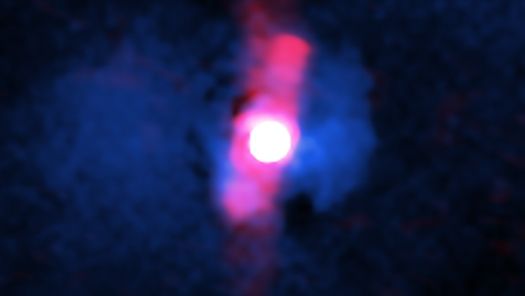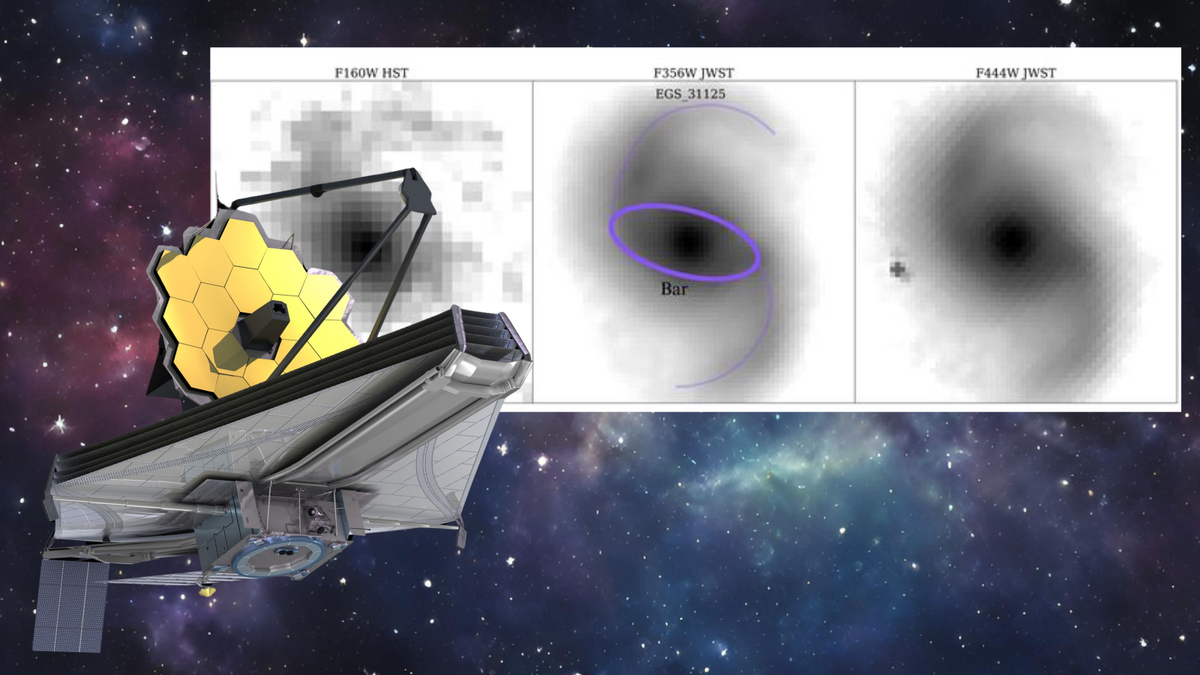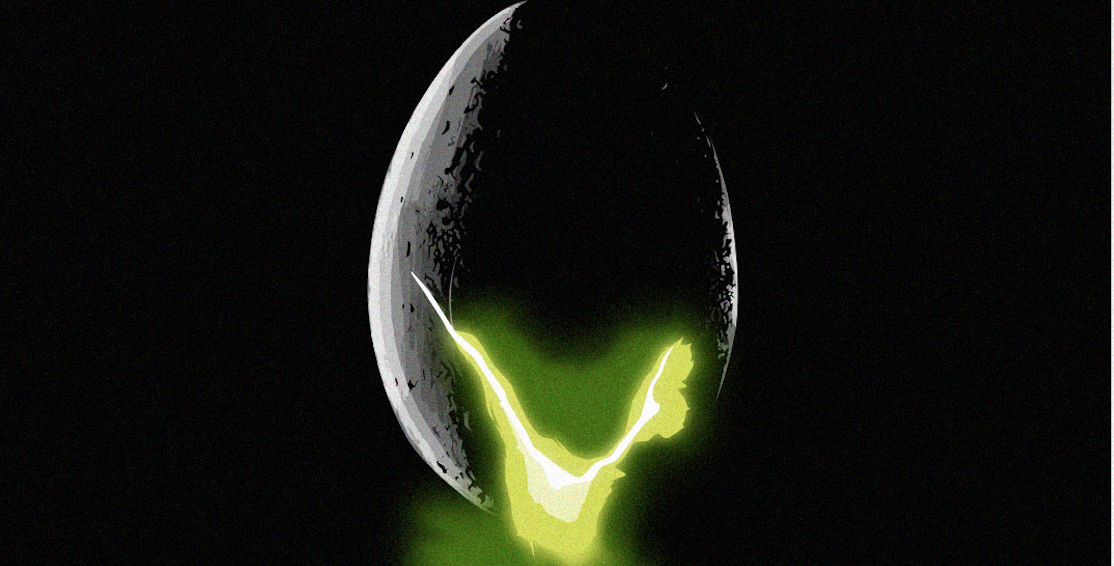Understanding the Behavior of Quasars in Relation to Their Surroundings
Recent observations conducted with the Chandra X-ray Observatory shed light on the behavior of a nearby quasar in a surprising manner. Quasars, located in the central region of galaxies, are powered by supermassive black holes that consume vast amounts of gas. This gas forms an accretion disk around the black hole, generating intense heat and luminosity. Magnetic fields within the disk propel some of this material into twin jets, traveling at nearly the speed of light. When these jets are directed towards Earth, quasars become some of the brightest objects in the universe, particularly in X-ray emissions. The quasar H1821+643, situated 3.4 billion light years away, was the focus of the recent Chandra observations.
The Impact of Quasars on Their Host Galaxies
In typical scenarios, the high-energy radiation emitted by quasar jets and accretion disks exerts a significant influence on the host galaxy. This phenomenon, known as negative feedback, involves the energy from the quasar heating the surrounding gas and expelling it, preventing star formation or further black hole feeding. Consequently, the black hole ceases to grow, leading to the eventual fading of the quasar’s luminosity.
However, the case of H1821+643 differs from the norm, as highlighted by Helen Russell, the lead researcher from the University of Nottingham. According to Russell, the quasar appears to have deviated from the usual processes observed in slowly evolving black holes. She stated that the quasar’s impact falls short of expectations, indicating a lack of control exerted by the black hole.
Chandra’s findings revealed that the gas surrounding the black hole of H1821+643, which boasts about four billion solar masses (considerably larger than the Milky Way’s Sagittarius A* black hole), exhibits lower temperatures and higher densities compared to more distant gas. This suggests that the quasar is not actively injecting energy into the inner region of its host galaxy, where this denser and cooler gas resides.
Influences on Star Formation and Black Hole Activity
Lucy Clews, a co-author from the U.K.’s Open University, noted that the giant black hole at the heart of H1821+643 generates less heat compared to other central black holes in galaxies. This phenomenon encourages the rapid cooling of the surrounding gas, stimulating star formation and serving as a fuel source for the black hole. The quasar consumes approximately 40 solar masses of material annually, with 120 solar masses of hydrogen gas converted into new stars around the galaxy each year. This cooling gas, dropping below X-ray temperatures at a rate of 3,000 solar masses per year, further supports star formation in the vicinity.
However, this delicate balance in H1821+643’s host galaxy is not expected to endure indefinitely. As more material flows into the accretion disk, the quasar’s jets will intensify, eventually leading to the heating of surrounding gas. This process will impede star formation, forcing the black hole to feed solely on existing gas and shutting down the quasar’s luminosity. The repercussions of this shift will include the dispersion of hot gas from the galaxy, starving the black hole and ultimately causing the quasar to cease its activities.
The research findings, detailed in the recent publication by the Monthly Notices of the Royal Astronomical Society on January 27, offer valuable insights into the complex interactions between quasars and their host galaxies.
Image/Photo credit: source url





